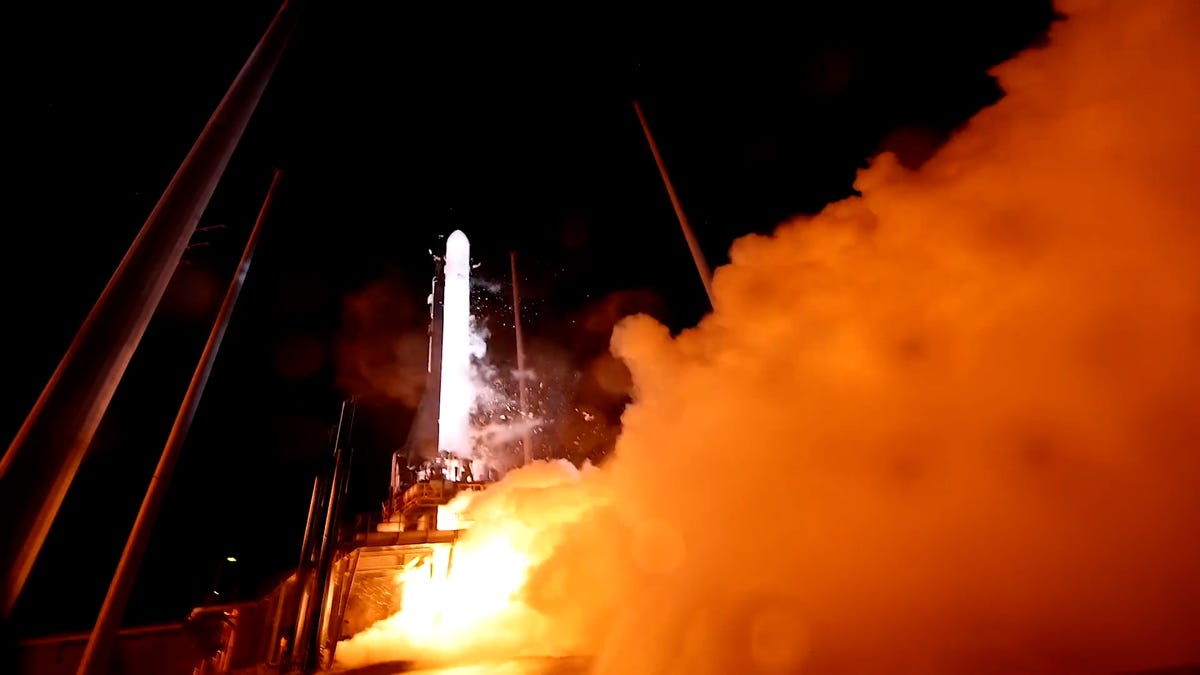An almost entirely 3D-printed rocket named the Terran 1 was launched into space earlier this year, made by the world’s largest metal 3D printers.
It belongs to a company called Relativity Space that has made 3D printing a key part of its rocket development and manufacturing process. CEO Tim Ellis told CNET that the Terran 1 was 85% 3D-printed, including complex parts such as the engine.
The only parts not 3D printed were things like electronics, batteries, rubber gaskets and seals. Ellis says 3D printing has allowed Relativity Space to quickly make and test new designs.
The Terran 1 launch successfully made it into space, but failed to make it into orbit when the second stage didn’t ignite.
Relativity Space is turning its attention to its next project, the Terran R, a significantly larger rocket capable of carrying large payloads into orbit such as satellites.
The Terran R is scheduled to launch in 2026. Ellis says his eventual goal is to help establish a base on Mars, a project that he believes 3D printing could play a critical role in achieving.
To see Relativity Space’s massive metal 3D printers in action and the flight of the Terran 1, check out the video in this article.

